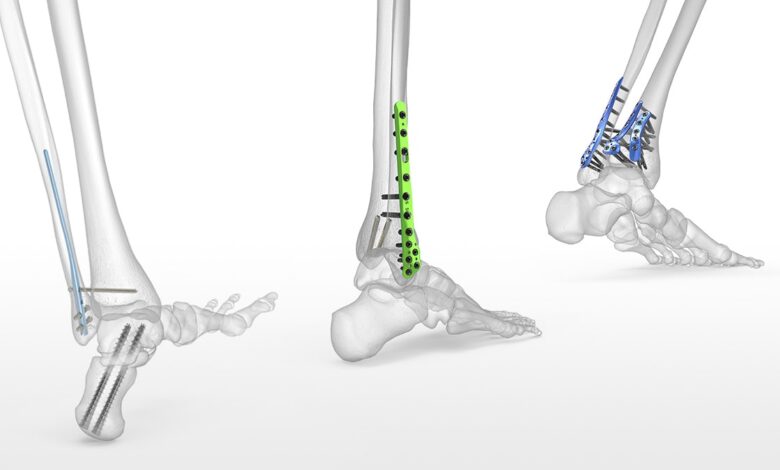What Is The Weight Of An Orthopedic Prosthesis?

According to specialists in prime care orthotics & prosthetics for example, the more technology is added to a prosthesis; its weight tends to increase. Other factors, such as the size of the stump and the level of amputation, also influence the weight of the prosthesis. For example, if the amputation is at the transfemoral level, the weight of the prosthesis will be greater due to the number of components it will have, unlike someone with a transtibial level amputation, where the prosthesis will be a little lighter.
However, according to physiotherapists and prosthetic technicians, the weight of the prosthesis is not meant to be felt. If this happens, contact those responsible for your treatment to adjust the prosthesis. Carbon fiber (the same material used in Formula 1 cars) is one of the materials used in manufacturing lower limb prostheses, as it is a lightweight and, at the same time, resistant material.
Imagine that in the past, prostheses such as Custom Above Knee Prosthetics Solutions for example were made of wood and metal; how uncomfortable it must have been. Thanks to technological innovations, today, we have prostheses with increasingly lighter components. Since the weight of the prosthesis shouldn’t be felt, let’s look at why your orthopedic prosthesis is heavy and what to do about it.
- the loose fit
- heavy orthopedic prosthesis
Fitting Of The Prosthesis
Fitting is one of the essential parts of a prosthesis and also one of the most sensitive areas because if it doesn’t fit correctly, you can feel pain, sores, and blisters can appear, and the prosthesis will feel heavy and uncomfortable. Several factors can contribute to a loose fit: weight loss or gain, and prosthesis alignment, among others. Contact your prosthetic technician if your socket is not well adjusted. Any noise from the socket could signal that it needs attention.
Suspension With Problems
The suspension is how the connection between your prosthesis and the stump is made. If your connection system is uncomfortable or does not fit very well with your prosthesis, it can make it heavier. Contact your prosthetic technician to find out what might be going on. One such connection system is the Shuttle Lock. The Shuttle Lock system provides a more secure connection between the liner and the prosthesis. And we also have another connection system which is called Revo Fit. This closure and adjustment mechanism offers better comfort for using the prosthesis.
You can learn about the two systems, Shuttle Lock and Revo Fit, by watching the video below with our patient Mr. Antonio Marcon. It uses a transtibial prosthesis with a Shuttle Lock attachment system and a Revo Fit fitting.
To learn more on how titanium is used in the medical industry, like for a prosthesis, please see the accompanying resource.
Provided by Titanium Processing Center – a titanium company